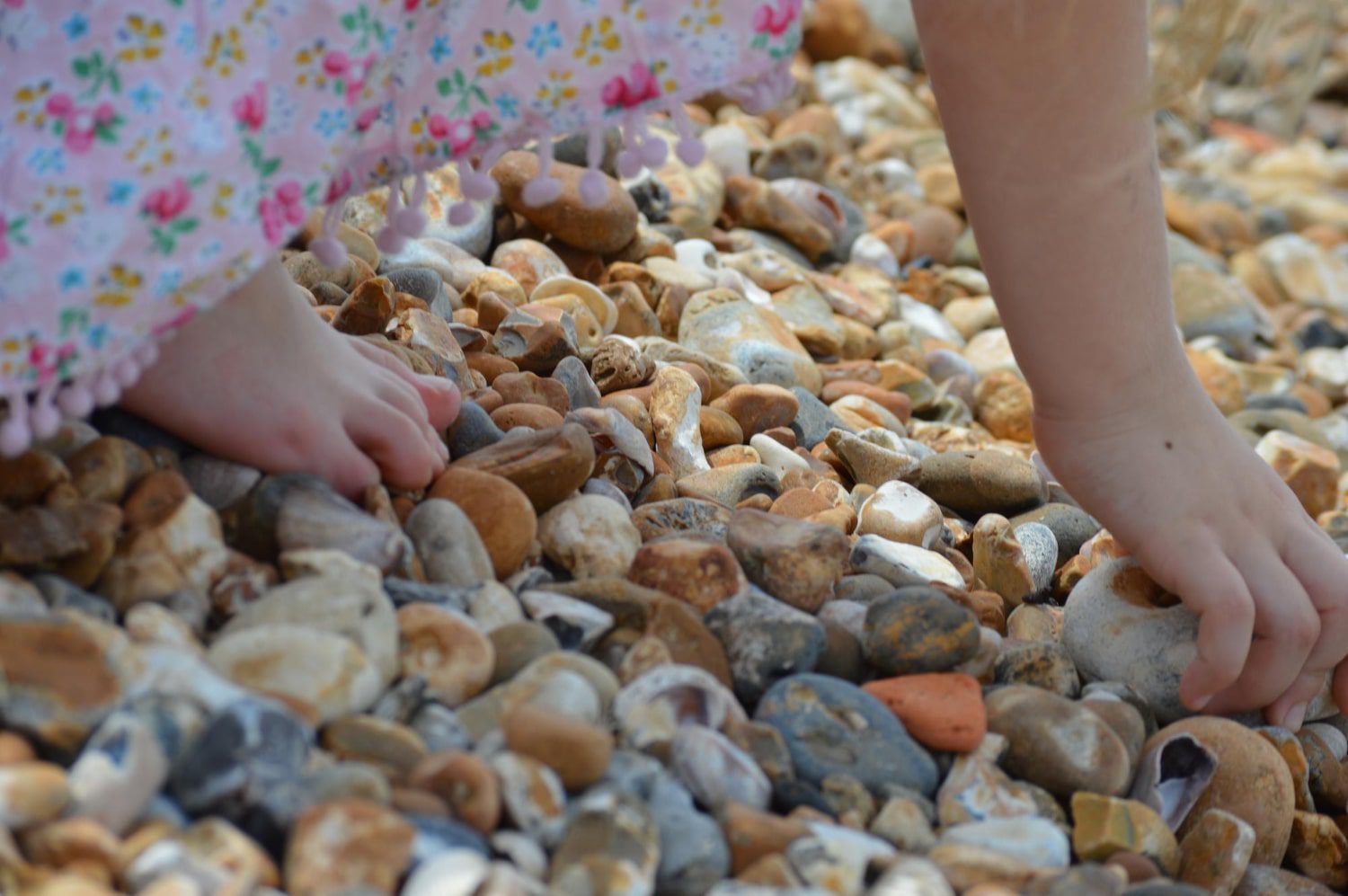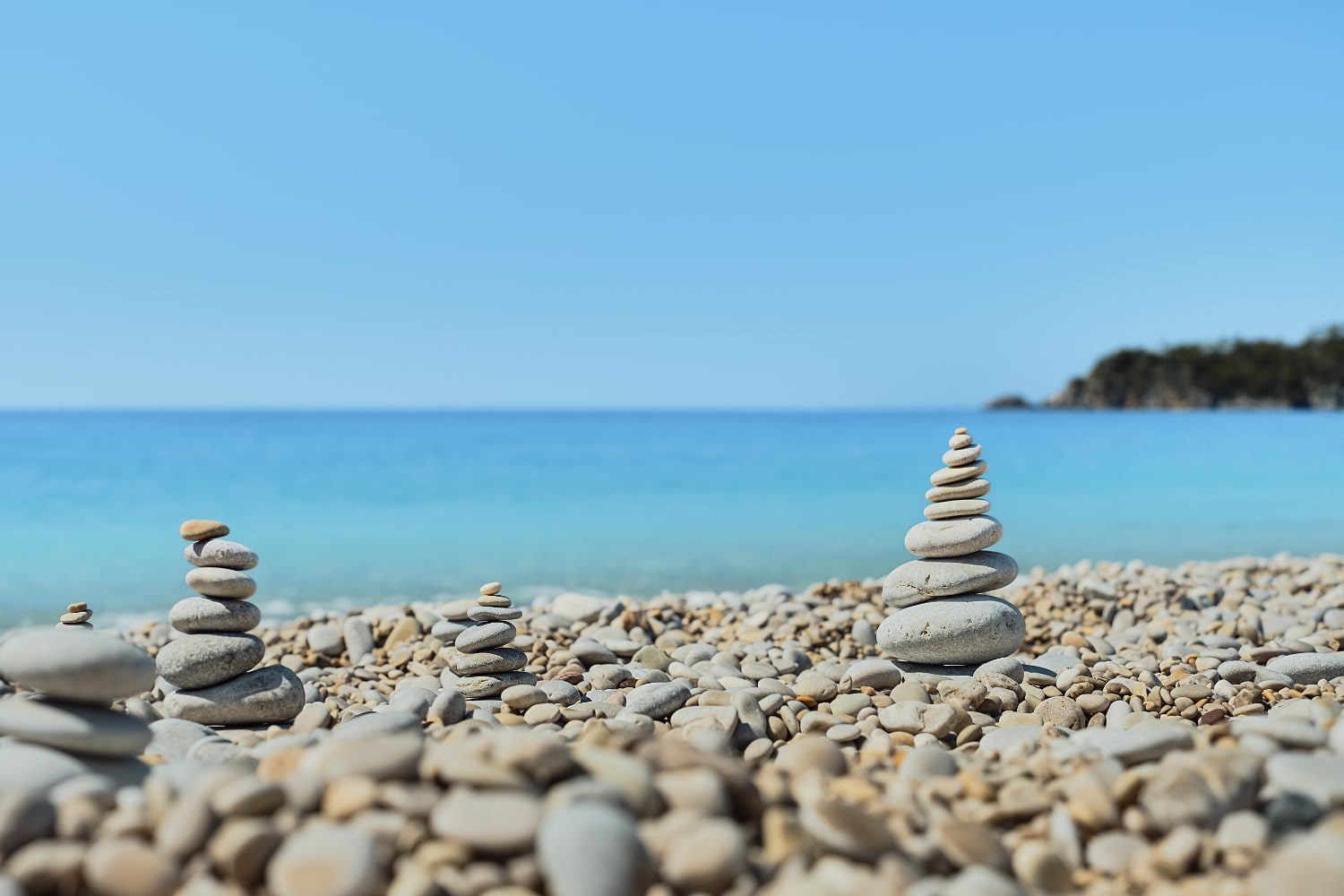Table of Contents Show
✍️ AI is summarizing:
Beaches are some of the most beautiful and fragile natural environments on Earth. While it may be tempting to take pebbles from the beach as souvenirs, this seemingly harmless act can have far-reaching consequences. Pebbles play a crucial role in maintaining coastal ecosystems, preventing erosion, and protecting shorelines from storms.
Many regions have even implemented laws to prevent the removal of beach materials. Before you pocket a pebble on your next seaside visit, it’s important to understand why leaving them behind is essential for preserving our coastlines.
Related post:
- Leave No Trace Principles: Sensible Practices to Ensure We Protect and Enjoy Nature
- Unlocking Nature Benefits: The Science of Green Spaces
- Plan Your Sustainable Adventure: A Complete Guide
The unseen consequences of take pebbles from the beach

Many of us have fond memories of visiting the beach, collecting pebbles, and bringing home a small piece of the coastline as a souvenir. However, recent discussions highlight a critical reason why this practice should be reconsidered: the vital role that pebbles and sediment play in protecting our coastal environments.
Take pebbles from the beach may seem harmless, but it can have significant consequences. The sand and pebbles found on beaches, including those along Vietnam’s stunning coastline, serve as crucial habitats for various marine creatures and act as natural barriers against the power of the sea. Removing these materials disrupts ecosystems, increases the risks of coastal erosion, and diminishes the beach’s natural ability to protect surrounding areas.
The legal and ecological importance of not take pebbles from the beach

Over time, many people have collected stones for decorative purposes, often unaware that to take pebbles from the beach can negatively impact the environment. In fact, it is often unlawful to remove materials from the beach in many regions, as regulations aim to protect these important coastal systems. This legal protection is not just about preserving natural beauty; it’s about safeguarding the essential functions that beaches provide.
The volume of pebbles and sand on a beach is critical for its ability to absorb wave energy. The more sediment present, the better the beach can mitigate the risks of flooding and erosion. When people take pebbles from the beach, they unknowingly weaken these natural defenses, exposing coastal areas to greater risks during storms.
Beaches as dynamic systems and why take pebbles from the beach disrupts them

Beaches are dynamic systems that naturally change in response to seasonal variations and wave activity. During storms, energetic waves transport larger pebbles to form steep ridges known as berms. These berms act as the first line of defence against storm surges, absorbing wave energy and reducing the likelihood of waves overtopping and eroding coastal infrastructure.
While it may seem that one person taking a few pebbles won’t have a significant impact, the cumulative effect of many individuals doing the same can be substantial. Removing pebbles disrupts the natural sorting processes and can interrupt the beach’s dynamic balance. This is particularly concerning given the ongoing research into how pebble beaches respond to waves and storms, which is vital for understanding coastal resilience.
How take pebbles from the beach affects coastal protection and climate resilience

As climate change intensifies, the risks of flooding and erosion are expected to become more frequent and severe. Therefore, retaining sediment on beaches is essential for maintaining their protective functions and ensuring the health of coastal ecosystems, including those along Vietnam’s picturesque shores.
While it may seem trivial to ask people not to take pebbles from the beach, it plays a vital role in preserving the coastline’s ability to act as a natural defense. By respecting these natural resources, we contribute to the ongoing health of our environment and help ensure that our beaches can continue to serve their critical functions for years to come.
So next time you visit the beach, whether in Vietnam or elsewhere, think twice before you take pebbles from the beach. Leave them where they belong—on the shore.
Conclusion
Protecting our beaches starts with small, conscious decisions. Choosing not to take pebbles from the beach helps maintain the delicate balance of coastal ecosystems, supports marine life, and strengthens natural defenses against climate change. Instead of collecting pebbles, consider capturing memories with photos or supporting conservation efforts that protect these beautiful landscapes.
Every action counts, and by respecting nature, we ensure that future generations can continue to enjoy the beauty and benefits of unspoiled shorelines. Follow our official Facebook page now to receive more interesting information.












